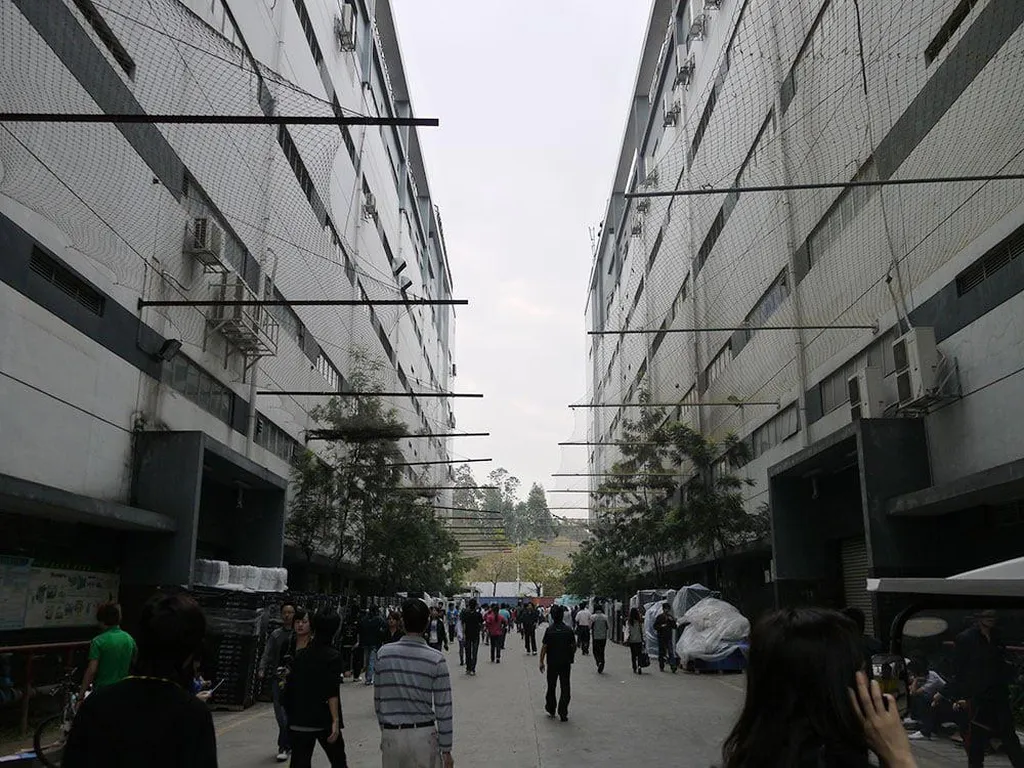In the bustling heart of China’s construction industry, a critical safety net for workers is often tangled in red tape and confusion. Work-related injury insurance (WRII) is designed to protect construction workers, yet its implementation is fraught with challenges. A recent study published in the *Journal of Civil Engineering and Management* (translated from its original title, *Žurnalas “Civilinė Inžinerija ir Valdymas”*) sheds light on these obstacles and offers practical solutions to enhance workplace safety and efficiency.
Led by Baoquan Cheng from the School of Civil Engineering at Central South University, the research team employed a mixed-methods approach to uncover the barriers hindering WRII adoption. Semi-structured interviews with 14 industry experts revealed six main challenges: a cumbersome claim process, incomplete laws and regulations, weak awareness among workers and contractors, unreasonable compensation treatments, and difficulties in identifying employment relationships.
“One of the most significant barriers is the cumbersome claim process,” Cheng explained. “Workers often face bureaucratic hurdles that delay or even prevent them from receiving rightful compensation. Simplifying this process is crucial for ensuring that workers are protected and that contractors can operate with greater peace of mind.”
To address these issues, the study proposes five targeted measures: simplifying the claim process, promulgating detailed laws and regulations, strengthening supervision and law enforcement, enhancing advocacy efforts, and improving insurance compensation and fund management.
The implications for the construction industry are substantial. Effective WRII implementation can lead to a safer work environment, reduced legal disputes, and improved worker morale, all of which contribute to increased productivity and commercial success. As Cheng noted, “By addressing these barriers, we can create a more equitable and efficient system that benefits both workers and employers.”
The study’s findings are particularly relevant for developing countries grappling with similar challenges. By learning from China’s experiences, other nations can avoid common pitfalls and implement more effective safety nets for their construction workers.
While the research acknowledges limitations related to expert judgment and sector focus, it offers valuable insights for future studies, including cross-industry comparisons and the potential for digital solutions to streamline WRII processes.
As the construction industry continues to evolve, the lessons from this study will be instrumental in shaping policies and practices that prioritize worker safety and commercial efficiency. By embracing these recommendations, stakeholders can foster a more robust and equitable construction sector, ultimately driving growth and innovation in the energy sector and beyond.

